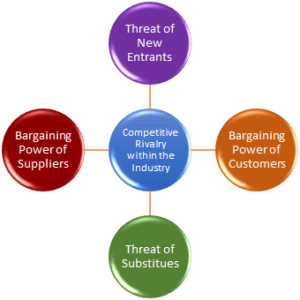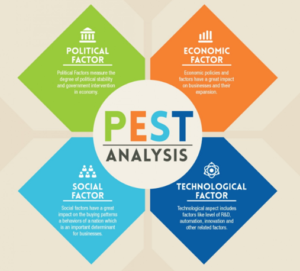Blog
2020 will be here soon – Are you planning for it or winging it?
Author: Private: Susan K Spaulding
,

It is that time of year when many organizations are making strategic decisions about the coming year.
Whether you approach planning formally or informally, there are many ways to skin the cat. What is most important is that you have a workable plan and not just a laundry list of tasks. When that happens, according to a longitudinal, extensive study known as PIMS by the Marketing Science Institute, it is likely that you will see real, tangible results including:
- Increased market share
- Improved product quality
- Improved profitability relative to investment intensity
So, why bother with a strategic planning process. A little structure can go a long way getting your team on the same page and keeping everyone on track and accountable.
As a starting point, a few tried and true planning tools can help bring sharp relief to where you are and where you need to go.
A SWOT analysis is a high-level model used at the beginning of an organization’s strategic planning. It is an acronym for “strengths, weaknesses, opportunities, and threats.” Strengths and weaknesses are considered internal factors, and opportunities and threats are considered external factors.
Another tool is PEST—it stands for “political, economic, sociocultural, and technological.” Each of these factors is used to look at an industry or business environment, and determine what could affect an organization’s health.
Porter’s Five Forces is (created by Michael Porter in 1979) built around the forces that impact the profitability of an industry or a market. The five forces it examines are:
- The threat of entry. Could other companies enter the marketplace easily, or are there numerous entry barriers they would have to overcome?
- The threat of substitute products or services. Can buyers easily replace your product with another?
- The bargaining power of customers. Could individual buyers put pressure on your organization to, say, lower costs?
- The bargaining power of suppliers. Could large retailers put pressure on your organization to drive down the cost?
- The competitive rivalry among existing firms. Are your current competitors poised for major growth? If one launches a new product or files a new patent—could that impact your company?
From long-proven tools to a creative based tool is Design Thinking – a disruptive process that has its roots in a co-creation process. It begins with immersion where you identify the problems to be solved. Once identified, the problems can be analyzed and Design Thinking Tools can be used in ideation, a process of uncovering innovative solutions. This is followed by prototyping and getting feedback on the ideas and strategies that have been prioritized. And, finally, it provides a template for planning and execution.
Five Stages of Design Thinking
All of these tools can be used in developing a fact-based framework for your strategic plan.
Now, what framework do you use to create your plan. Here are a few planning models that have proven effective for small, mid-sized and large organizations:
- The Balance
 d Scorecard first created by Drs. Robert Kaplan and David Norton. Its premise is based on
d Scorecard first created by Drs. Robert Kaplan and David Norton. Its premise is based on
- Objectives, which are high-level organizational goals.
- Measures, which help you understand if you’re accomplishing your objective strategically.
- Initiatives, which are key action programs that help you achieve your objectives.
- OKRs (Objectives and Key Results) used by a number of recognizable high-tech companies is simple and straightforward.
- Objectives:What you want to achieve. Choose three to five objectives that are brief, inspiring, and time-bound.
- Key Results:How you’ll measure progress toward your achievements. Set three to five key results (they must be quantitative) per objective.
- SMART (SPECIFIC, MEASUREABLE, ATTAINABLE, RELEVANT, TIME-BASED) – Goals provide a sense of direction, motivation, and way to clarify importance. By setting goals, you are providing the business with a target to aim for and a specific path for attaining the goal.
SMART goals are:
- Business Model Canvas – a strategic management and lean startup template for developing new or documenting existing business models. It is a visual chart with elements describing a firm’s or product’s value proposition, infrastructure, customers, and finances. It assists firms in aligning their activities by illustrating potential trade-offs.
The important part of planning is to provide structure and prioritization for where you want to go. Any of these models will help. Choose what will work based on the growth stage of your organization.
Once you have an overarching plan then remember to engage your workforce with the goals and help them understand the impact they have on reaching the goals — goals that benefit the organization and each individual.
When you take time to plan rather than just winging it you will appreciate the outcomes, including:
- Alignment of the board of directors and management
- Alignment of the management team on how to move the organization forward
- Solving key performance problems
- Improving execution on a change agenda
Executive on Demand provides short-term C-Suite leaders resources for business transformation.







